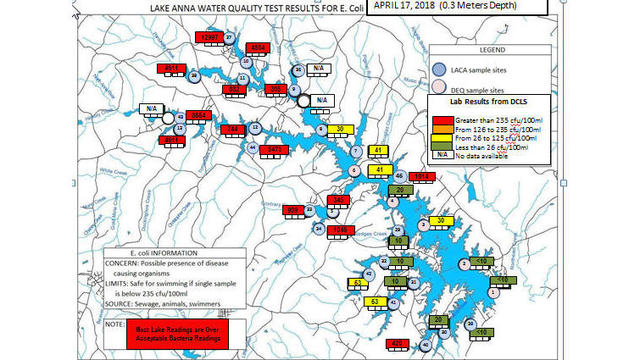It seems like I cannot walk anywhere around LOW these days without having melted tar stuck on my shoe and dragging it into the car or house with me. The searing Virginia heat can turn asphalt and some newly graveled roads here in LOW to a gooey hot sticky mess. However, today this reminded me of an article I read some months ago about dogs paws on the hot asphalt and made me want to do some more research. The results of my investigation were chilling-
In the absence of any wind and in direct sunlight, asphalt surfaces can reach 125 degrees, when the air temperature is only 77 degrees, according to the Journal of the American Medical Association. At 86 degrees, the asphalt temperature jumps to 135 degrees and at 87 degrees, only one degree more, the asphalt temperature rises to 143 degrees.
This can cause your pet’s paws to receive horrible 1st or second-degree burns and extreme pain during your afternoon or evening walks within as little as 35 seconds.
Please be mindful when taking your pet for a walk or allowing them on any surface such as a driveway, deck, patio or in the back of a pickup truck. Here are a few tips to help prevent these horrible injuries –
- Check the pavement for heat before taking your dog on a walk. Place your hand or a bare foot on the surface for 10 seconds. If it is too hot for you to keep your hand or foot on it, then it is too hot for your pet.
- Stay on grassy surfaces and avoid bare ground when outside in the summer heat.
- Avoid the hottest parts of the day. Walk early in the morning or late in the evening after the pavement has cooled down.
- Invest in a pair of booties to help keep the heat from burning your dog’s paws.
- Keep in mind that your dog’s paws may be more susceptible to hot materials after swimming.
- Use Paw Wax. Paw wax can easily be spread on your dog’s paw pads prior to walking to protect them from rough or hot surfaces. Paw wax is designed to protect your dog’s feet from several potentially harmful surfaces and chemicals, like road salts.
Check your pet’s paws regularly and if they show and signs of blistering, burning or discomfort contact your veterinarian.
Please do all that you can to make your pets summer as wonderful as your own and Please DO NOT LEAVE YOUR PET IN YOUR CAR EVEN FOR JUST A FEW MOMENTS.





